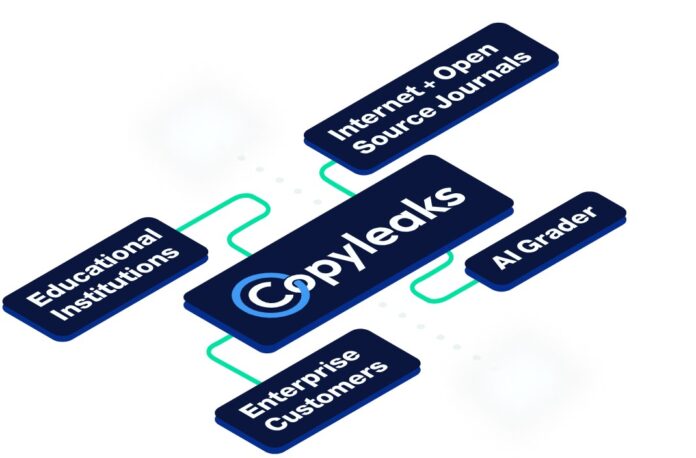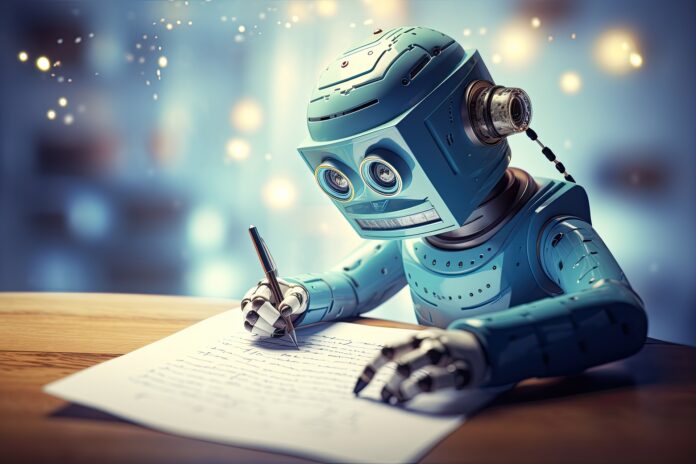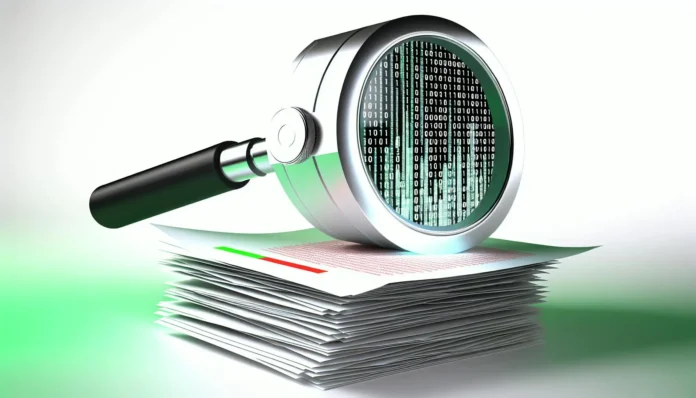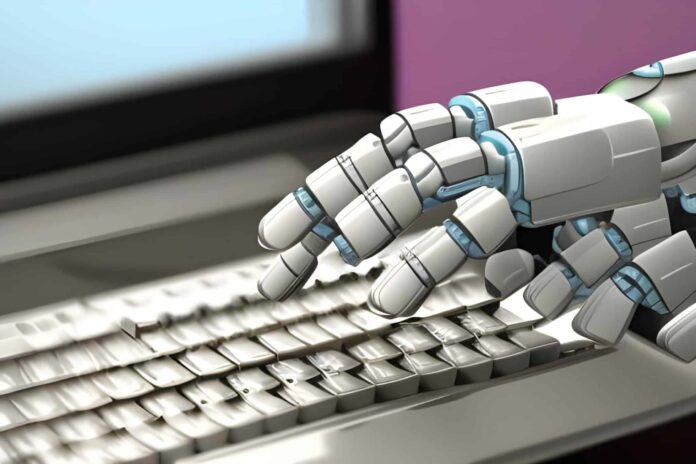AI-generated content has created new challenges in distinguishing between human-written and machine-written text. As AI tools become more sophisticated, the lines between human and machine authorship blur.
This article delves into the various AI tools available to detect machine-written content and explores practical methods to identify such text.
AI Tools for Detecting Machine-Written Content
Several AI tools have been developed to aid in the detection of machine-written content. These tools analyze text for specific patterns, vocabulary usage, and structural elements characteristic of AI-generated text. Here are some of the most notable tools:
ZeroGPT

ZeroGPT is a highly effective tool for detecting AI-generated text. It employs advanced algorithms to scrutinize syntax, semantics, and stylistic features, comparing them with a database of known AI-generated content. This helps in accurately identifying machine-written text.
When it comes to the category of AI detector free, this one is easiest as you don’t even need to create an account. The platform is user-friendly. All you need to do is to paste the text, click on the scan button, and wait for less than a minute to see if your content is generated, and which portion of it.
GPT-2 Output Detector
Developed by OpenAI, the GPT-2 Output Detector is another powerful tool designed to detect text generated by the GPT-2 language model. It analyzes the likelihood that a given text was produced by GPT-2 based on its unique characteristics.
GLTR (Giant Language Model Test Room)
GLTR, or Giant Language Model Test Room, provides a visual representation of the likelihood that each word in a text was generated by an AI. It highlights areas where the text deviates from typical human writing patterns, making it easier to spot machine-generated content.
CopyLeaks AI Content Detector

CopyLeaks offers an AI content detection tool that can identify whether a text was generated by AI. It uses deep learning algorithms to detect the unique patterns and structures found in AI-written content.
Turnitin Originality
Turnitin, known for its plagiarism detection capabilities, also offers an AI detection feature. It evaluates the text for characteristics common in machine-generated content, providing insights into its originality and authorship.
DetectGPT
DetectGPT is a tool specifically designed to detect content generated by GPT models. It analyzes text for the signature features of GPT-generated content, helping users discern whether a text was machine-written.
Practical Methods for Detecting Machine-Written Content

Analyzing Writing Style
One practical method for detecting machine-written content is to analyze the writing style. AI-generated text often exhibits a consistent and overly formal tone, lacking the nuanced variations found in human writing.
By closely examining the writing style, you can identify these subtle differences. For example, AI text may avoid using contractions or idiomatic expressions common in everyday language.
Checking for Repetitive Phrases
AI-generated text may include repetitive phrases or structures. This is because AI models often rely on patterns from their training data, which can result in repetitive content. Identifying these repetitions can help in detecting machine-written text. AI text might also repeat specific keywords or phrases more frequently than a human writer would naturally do.
Evaluating Content Coherence
Human writing typically follows a logical flow and coherence, while AI-generated text might lack this natural progression. Evaluating the overall coherence and logical structure of the text can provide clues about its origin. AI-generated content may jump from one topic to another without clear transitions or have abrupt changes in the narrative.
Using Plagiarism Detection Tools

Plagiarism detection tools can also be useful in identifying AI-generated content. These tools compare the text against a vast database of existing content, highlighting similarities and potential AI-generated segments. While AI text might not be plagiarized, it can often mimic existing content closely, making plagiarism detectors a helpful tool in identifying it.
Fact-Checking
AI-generated content might include inaccuracies or fabricated information. Fact-checking the content can help identify machine-written text, as AI models might generate plausible but incorrect information. Ensuring the accuracy of facts presented in the text is a reliable method to differentiate human writing from AI content.
Cross-Referencing with Known Human-Written Content
Comparing the suspected AI-generated text with known human-written content on similar topics can reveal differences in style, tone, and coherence. This method can help in distinguishing between human and machine authorship. Human writers often bring unique perspectives and insights that AI may not replicate accurately.
Using Metadata Analysis
Examining the metadata of the document can provide clues about its origin. AI-generated content might have specific metadata patterns that differ from human-written text. For instance, metadata might include information about the software or algorithm used to generate the text.
Identifying Unusual Word Choices

AI-generated text often includes unusual word choices or phrases that might not fit naturally within the context. This can be due to the model’s attempt to mimic human writing without fully understanding the nuances of language. Identifying these awkward word choices can be a clue that the text is machine-written. AI may use synonyms that are technically correct but contextually inappropriate.
Sentence Length Variation
Human writers naturally vary sentence length to create a more engaging and readable text. In contrast, AI-generated content might exhibit more uniform sentence lengths. Analyzing the variation in sentence length can help detect AI-generated text. Consistent sentence lengths and structures can make the text seem monotonous and artificial.
Lack of Personal Anecdotes
Human writers often include personal anecdotes or experiences to add depth and authenticity to their content. AI-generated text usually lacks this personal touch. Checking for the presence of personal stories or experiences can help differentiate human-written content from machine-generated text. Personal anecdotes add a layer of credibility and relatability that AI typically cannot replicate.
Conclusion
As AI continues to evolve, the ability to distinguish between human and machine-written content is crucial. Utilizing AI tools like ZeroGPT, GPT-2 Output Detector, and GLTR can provide valuable insights into the origin of the text.
Additionally, practical methods such as analyzing writing style, checking for repetitive phrases, evaluating content coherence, using plagiarism detection tools, fact-checking, cross-referencing with human-written content, and metadata analysis can further aid in identifying AI-generated content.







